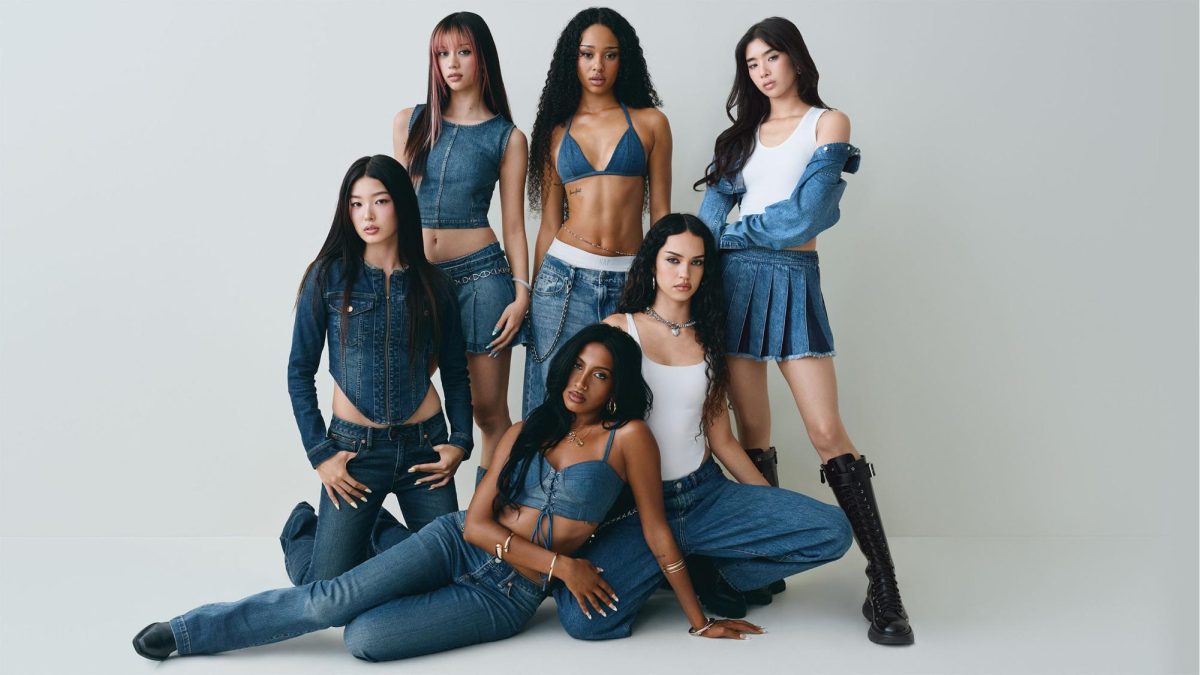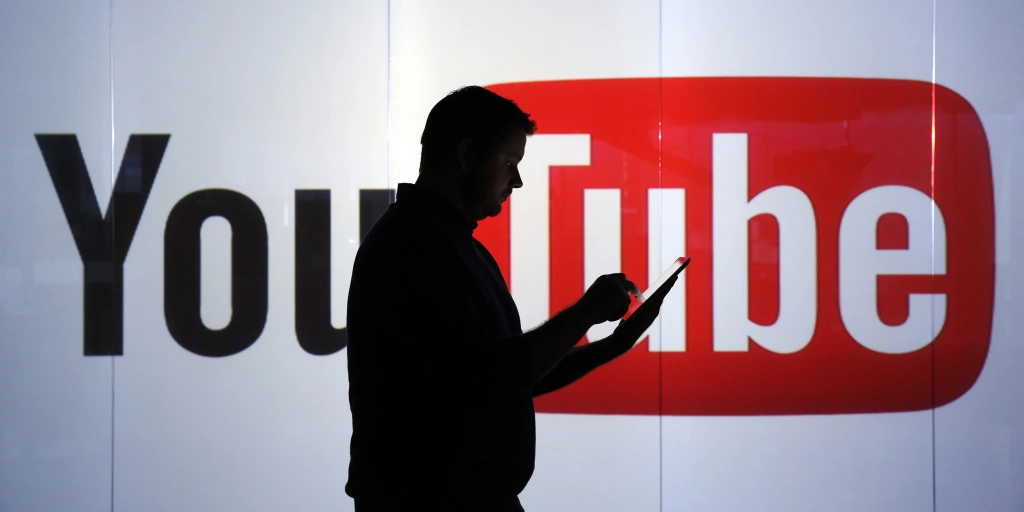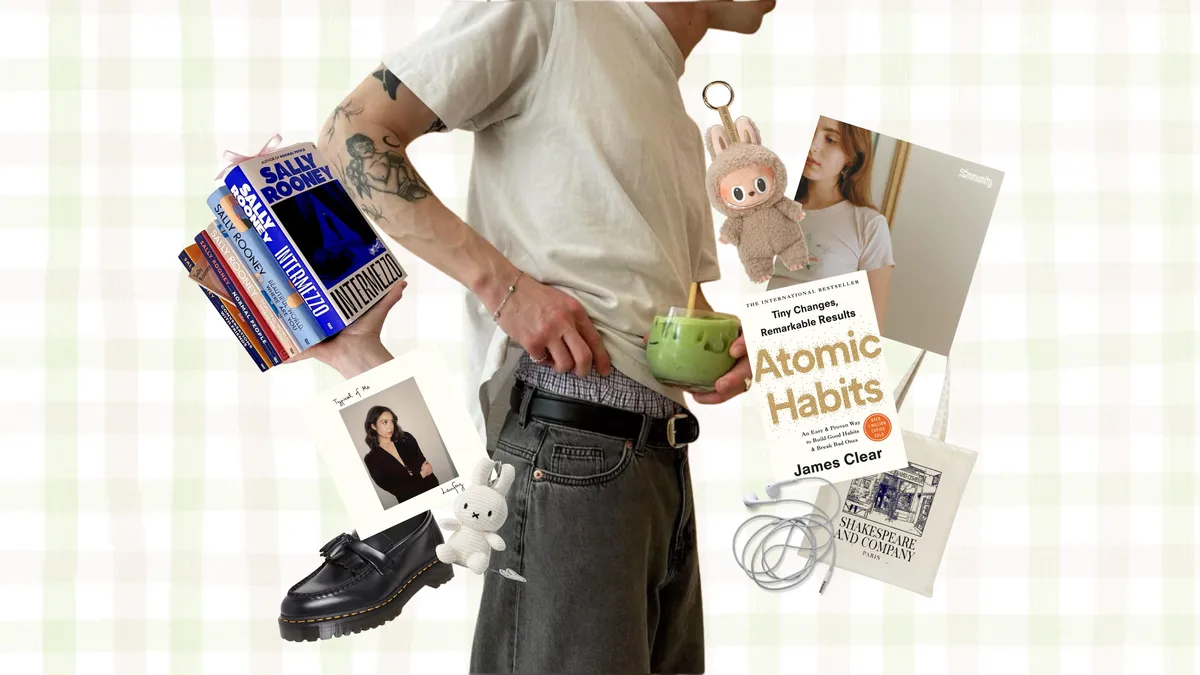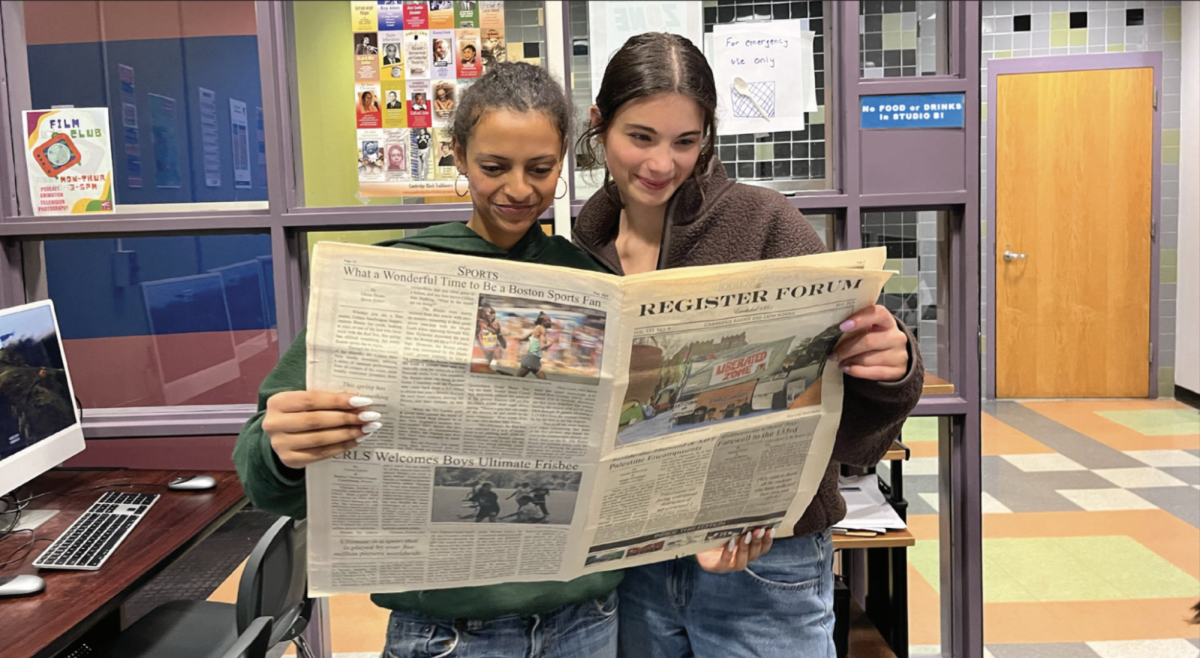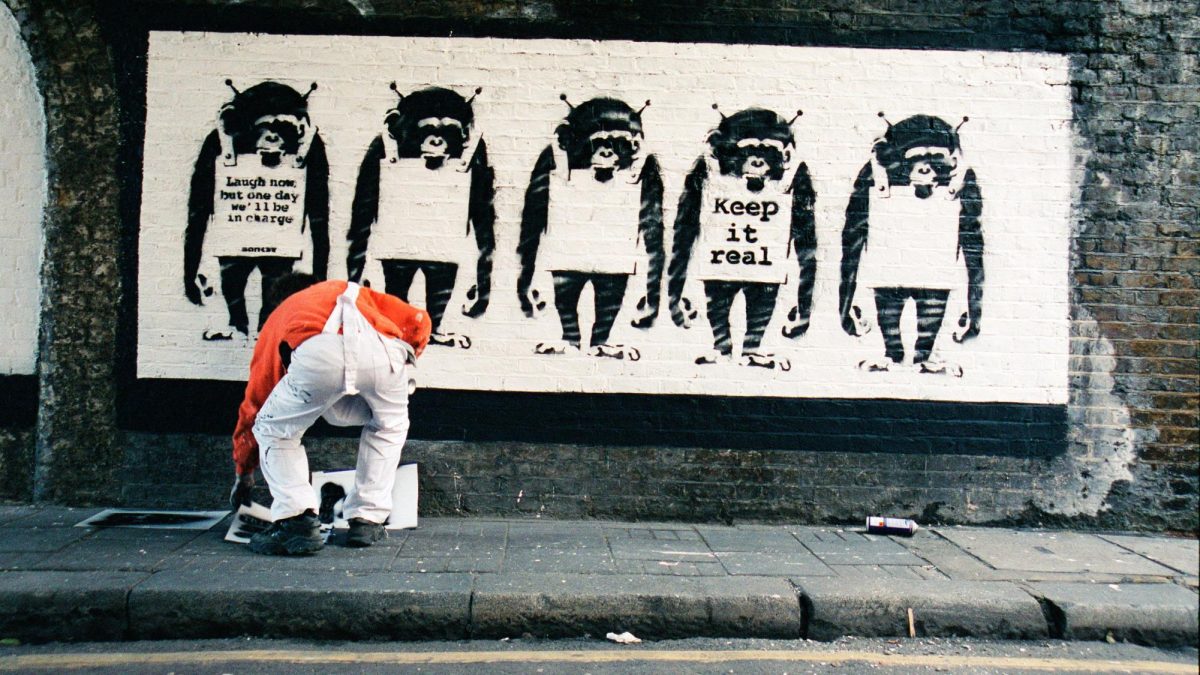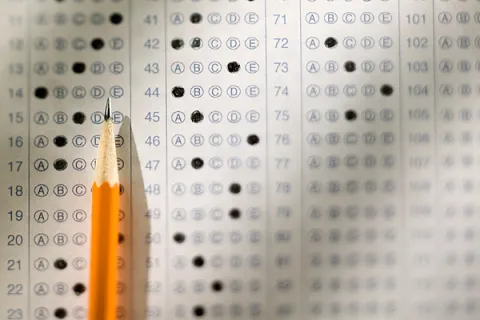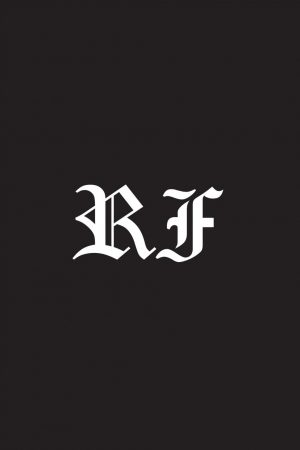Gap’s Better in Denim campaign is not just an advertisement—it’s become a spectacle, an influence, and a lesson. Partnering with Los Angeles-based girl group KATSEYE, the brand uses addictive choreography and music to capture viewers’ attention. The ad has sparked online comparisons with American Eagle’s partnership with Sydney Sweeney, which took place just a month earlier.
American Eagle went in a very different direction than Gap. The “Great Genes/Great Jeans” campaign, featuring Sydney Sweeney, was allegedly intended to be a simple play on homophones, but quickly became the center of controversial debates. Social media took concern with the campaign’s subtle implication that Sydney Sweeney—a white, blonde-haired, blue-eyed actress—has “great genes,” equating it with the beliefs of Nazi eugenics. The backlash was swift, with debates spiraling into discussions of representation, cultural sensitivity, and even Zionism.
Despite the intentions of the campaign, facts of the situation remain the same: American Eagle, a universally popular jeans brand, and Sydney Sweeney used provocative lines and imagery to convey sensitive topics and messages that tie back to the Holocaust. Additionally, the ad has been criticized for its seemingly intentional appeal to the male gaze. Jonathan Lin ‘26 remarked, “It didn’t even seem like it was advertised for women’s jeans, rather for the male audience. It all just reminds me of her soap ad.”
After this backlash Gap’s choice of partnering with KATSEYE was not only smart, but also transformative. The six-member girl group from HYBE x Geffen’s global project represents a connection of different nationalities and backgrounds. With members from the U.S., Japan, Korea, and Switzerland, the group embodies diversity and inclusion.
The first thing the advertisement does is grab the viewers’ attention with energy. Instead of stiff poses, like the ones featured in the American Eagle ad, KATSEYE kicks off the video with sass and musicality—inspiring dancers (and non-dancers!) to learn the choreography. Gap’s choice of music, a version of Kelis’s Milkshake, is playful, familiar, and elevating. Viewers thinking on a deeper level have even theorized that the song choice has a deeper meaning to it: one of the lines of this song is “My milkshake brings all the boys to the yard, and they’re like, it’s better than yours,” which could be interpreted as a means of throwing shade at American Eagle.
In today’s fashion landscape, ads are not just ads—they are statements. American Eagle gambled on provocation and landed in controversy, whilst Gap leaned into positivity and, in return, was praised through viewer support. Ultimately, the contrast between the two campaigns highlights the importance of authenticity and awareness in marketing. As of now, consumers expect more than a clever slogan, but also a creative insight on forms of art. The success of Gap and the criticism of American Eagle serves as a reminder that every detail of an ad is and will remain impactful in the marketing community.

